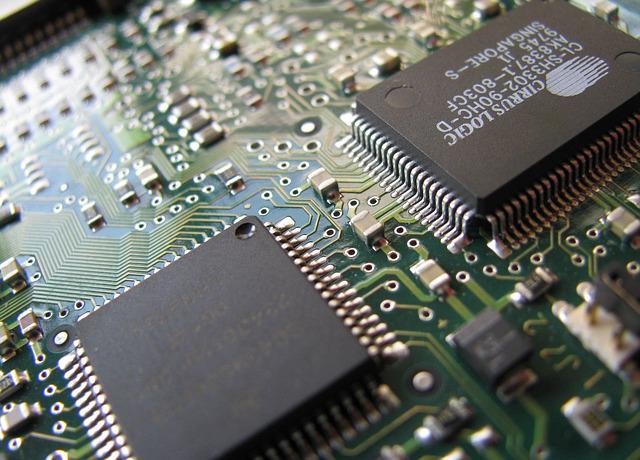
A computer process involves the execution of certain instructions that software tells the microprocessor.
Process is a term with multiple uses, which appear in very diverse contexts. In the field of computing , the concept refers to the execution of various instructions by the microprocessor , according to what a program indicates.
The computer operating system (computer) is responsible for managing the processes. This software manages the instructions that other computer programs send to the microprocessor, analyzes the execution status and organizes the memory dedicated to the tasks.
The performance of a computer
The operating system is dedicated to creating and deleting processes and establishing communications between them. The management method, however, depends on the way each operating system in particular works.
To achieve optimal performance of a computer, one of the fundamental points is to know the computer processes that the operating system executes by default and distinguish those that are really useful for us, in order to stop the rest and avoid unnecessary use. of the processor and memory.
Creating a computer process
There are various ways to create a computer process, such as the start of the system itself , a user's request or the call made by another process. Regarding the termination of a process, it can be carried out in the normal way, from an error or by request of another process.
A computing process, on the other hand, can go through different states . It can be running (when you are using the microprocessor), blocked (its execution requires another event to be performed), or ready (when you release the microprocessor so it can be dedicated to another process).

Managing the computer processes that an operating system executes by default is important to optimize the operation of a computer.
Classification according to type
It is possible to distinguish between different types of processes. Cooperative processes , for example, are managed by various hardware configurations.
Distributed processes , on the other hand, are distributed among several elements of a system. There are also parallel processes , which are characterized by being executed simultaneously .
Termination of a computer process
The termination of a computer process is the last phase of its life , the previous two being its creation and the execution of instructions. Termination can occur for different reasons, which are manifested through the state that the process goes through when it is eliminated:
* normal exit : occurs when the process ends at the user's will, something that happens constantly during normal use of a device. For example, every time a program is closed;
* error exit : this is the opposite case to the previous one, since the termination of the computer process occurs due to the impossibility of continuing execution . A common example of this is when data is insufficient, that is, when a process requires a file that it cannot find at the address provided by the program;
* fatal error : this state usually causes fear in less experienced users, since the way it manifests itself is not exactly friendly. Its cause is an error in the program, something that can occur for various reasons, such as trying to write to a part of the memory that is not accessible, or requiring a division by 0;
* killed by another process : Some operating systems show their users messages such as "the program is not responding" in situations in which the program does not appear to be working. Reality is usually very different, since in most cases it happens that you have been "trapped" in an infinite cycle , that is, just the opposite. In these cases, the only recourse to terminate the computing process appears to be the help of another, which, depending on the environment, can be executed through the press of a button or instructions written in the command window.
